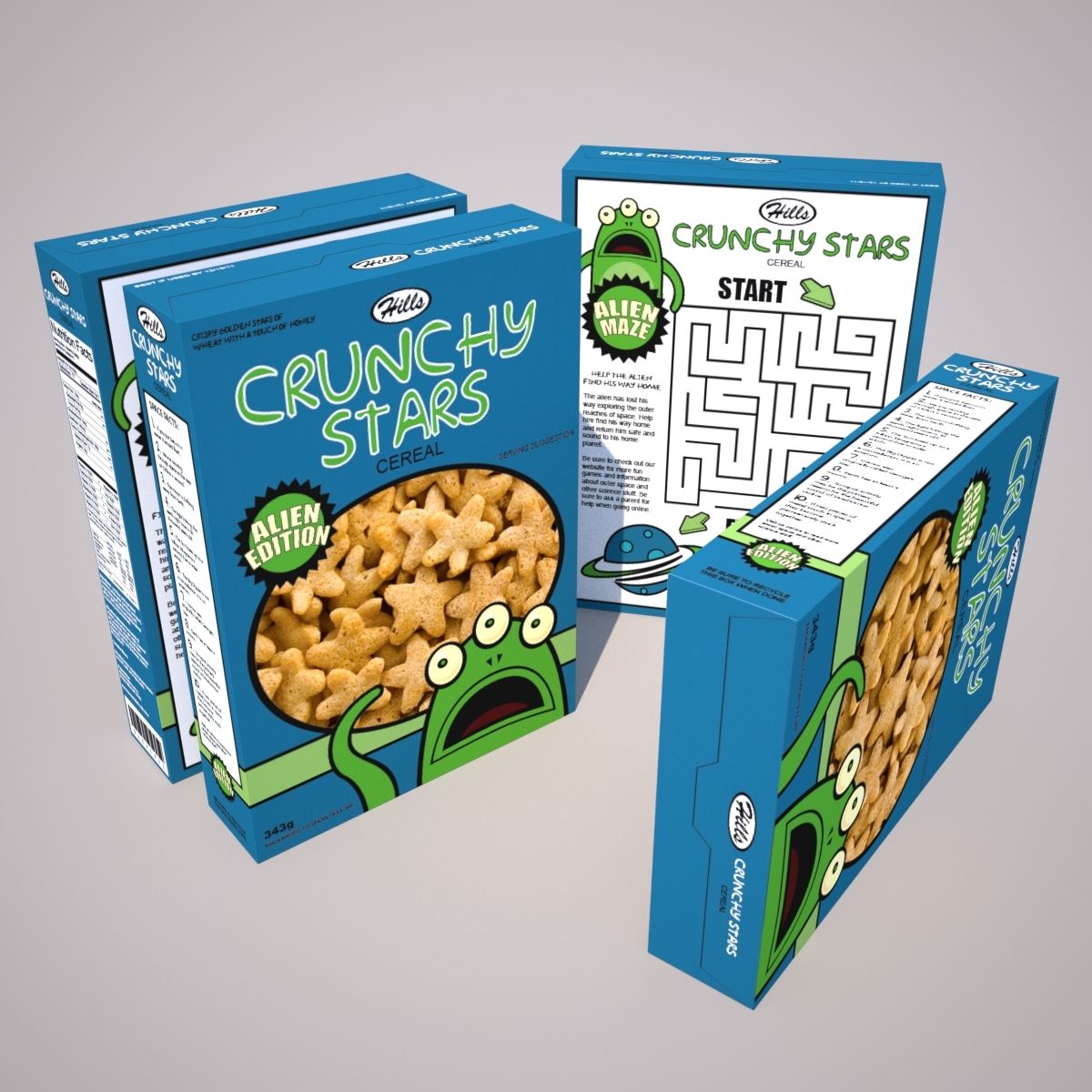In today’s competitive retail market, the packaging of cereal boxes plays a crucial role in ensuring product appeal and maintaining freshness. Understanding the appropriate cereal box dimensions and selecting the right materials is essential for manufacturers aiming to meet consumer expectations while optimizing shelf space and shipping logistics. This article delves into every detail you need to know to create the perfect cereal box.
Why Are Cereal Box Dimensions Important?
The dimensions of a cereal box not only influence the product’s visual appeal but also impact storage, shipping, and environmental factors. Properly sized boxes ensure optimal use of space on store shelves and in storage warehouses, cereal box dimensions and suitable material for it. Additionally, they contribute to reducing material waste and improving consumer convenience.
Standard Cereal Box Dimensions
Cereal boxes come in various sizes, depending on the product type, target audience, and packaging needs. However, standard dimensions generally include:
- Small Cereal Boxes: Commonly used for travel-sized or single-serving portions. Dimensions typically measure around 7.5 inches in height, 4.5 inches in width, and 1.5 inches in depth.
- Medium Cereal Boxes: These are ideal for families or regular-sized servings. Average dimensions range from 10 inches in height, 7 inches in width, and 2 inches in depth.
- Large Cereal Boxes: Designed for bulk purchases, these boxes often measure 12-14 inches in height, 8-9 inches in width, and 3-4 inches in depth.
Understanding these sizes ensures a balance between product visibility and practicality.
Choosing Suitable Materials for Cereal Boxes
Selecting the right material for cereal box production is as important as determining the dimensions. The choice impacts product preservation, environmental footprint, and brand perception.
1. Cardboard: The Popular Choice
Cardboard remains the most widely used material for cereal boxes due to its affordability, versatility, and recyclability. Key advantages include:
- Lightweight and Durable: Ensures the product is easy to handle while protecting the contents.
- Printable Surface: Allows for vibrant designs and branding.
- Eco-Friendly Options: Many manufacturers use recycled cardboard to align with sustainable practices.
2. Laminated Paperboard
Laminated paperboard is often used to provide an extra layer of protection against moisture and light. Its benefits include:
- Enhanced Durability: Protects cereals from humidity during transportation and storage.
- Aesthetic Appeal: Creates a glossy finish for an eye-catching design.
- Food-Safe Properties: Ensures no contamination of the product.
3. Biodegradable and Compostable Materials
With increasing awareness of environmental issues, many brands now opt for biodegradable materials such as:
- Kraft Paperboard: Made from unbleached wood pulp, it is both sturdy and eco-friendly.
- PLA-Lined Paper: A plant-based material that ensures moisture resistance without relying on traditional plastic.
These materials appeal to eco-conscious consumers and align with green marketing strategies. more
Design Considerations for Cereal Box Packaging
When designing cereal box packaging, aesthetics and functionality should work hand-in-hand. Here are some essential factors to consider:
1. Branding and Graphics
Eye-catching visuals and logos help cereal boxes stand out on crowded store shelves. Use bold colors, high-resolution images, and compelling taglines to create a memorable impact.
2. Informational Content
Include the following information on cereal boxes for consumer transparency and compliance:
- Nutritional facts
- Ingredient lists
- Allergy warnings
- Preparation instructions (if applicable)
3. Functional Features
Innovative packaging features enhance customer experience. Examples include:
- Resealable Closures: Keeps cereals fresh after opening.
- Easy-Pour Spouts: Provides convenience for users.
- Compact Folding Design: Reduces storage space during transportation.
Optimizing Cereal Box Packaging for Sustainability
Sustainability is no longer optional in today’s packaging industry custom designs boxes. Incorporating eco-friendly practices can enhance brand reputation and meet regulatory requirements.
1. Reduce Material Usage
Design cereal boxes with minimal material while maintaining durability. Using thinner but sturdy cardboard can significantly cut down on waste.
2. Recyclable and Compostable Options
Ensure the materials used for cereal boxes are recyclable. Adding clear recycling instructions on the packaging can encourage responsible disposal.
3. Supply Chain Efficiency
Optimized dimensions reduce the cost and environmental impact of shipping. Compact designs also allow for more efficient pallet stacking.
Key Trends in Cereal Box Packaging
The packaging industry is evolving rapidly, and cereal box designs are no exception. Some current trends include:
1. Minimalist Designs
Clean and straightforward designs are gaining popularity. They communicate sophistication and sustainability.
2. Augmented Reality (AR) Features
Interactive QR codes and AR experiences add a modern twist, providing entertainment and additional product information.
3. Transparent Windows
Adding a window to showcase the product inside builds trust and enhances appeal.
Conclusion
Selecting the right dimensions and materials for cereal boxes is crucial for balancing functionality, aesthetics, and sustainability. By understanding standard sizes, choosing eco-friendly materials, and embracing modern design trends, manufacturers can create packaging that meets consumer demands and aligns with environmental goals.

